
A self-drive adventure through the misty hills of Rwanda

Our silver Jeep bravely struggled up and down the steep Rwanda countryside hills. Breathtaking views and terraced fields endlessly accompanied us on the road to the Virunga Mountains, where we hoped to encounter the endangered mountain gorillas and golden monkeys. As a wildlife photographer, I was extremely excited about the prospect of meeting two such rare species in their natural habitat.
The roads were narrow and lined with people in colourful clothing who were cycling, walking or carrying baskets full of fruit and vegetables. As we navigated our way to Musanze in the northwestern province, I was amazed by how incredibly clean the country was. There wasn’t a piece of paper or a plastic bottle in sight, even though Rwanda is Africa’s most densely populated country. I was genuinely intrigued by this, and I later found out that Rwanda practices a rule whereby every able citizen is expected to help clean the streets between 8 am and midday on the last Saturday of each month.
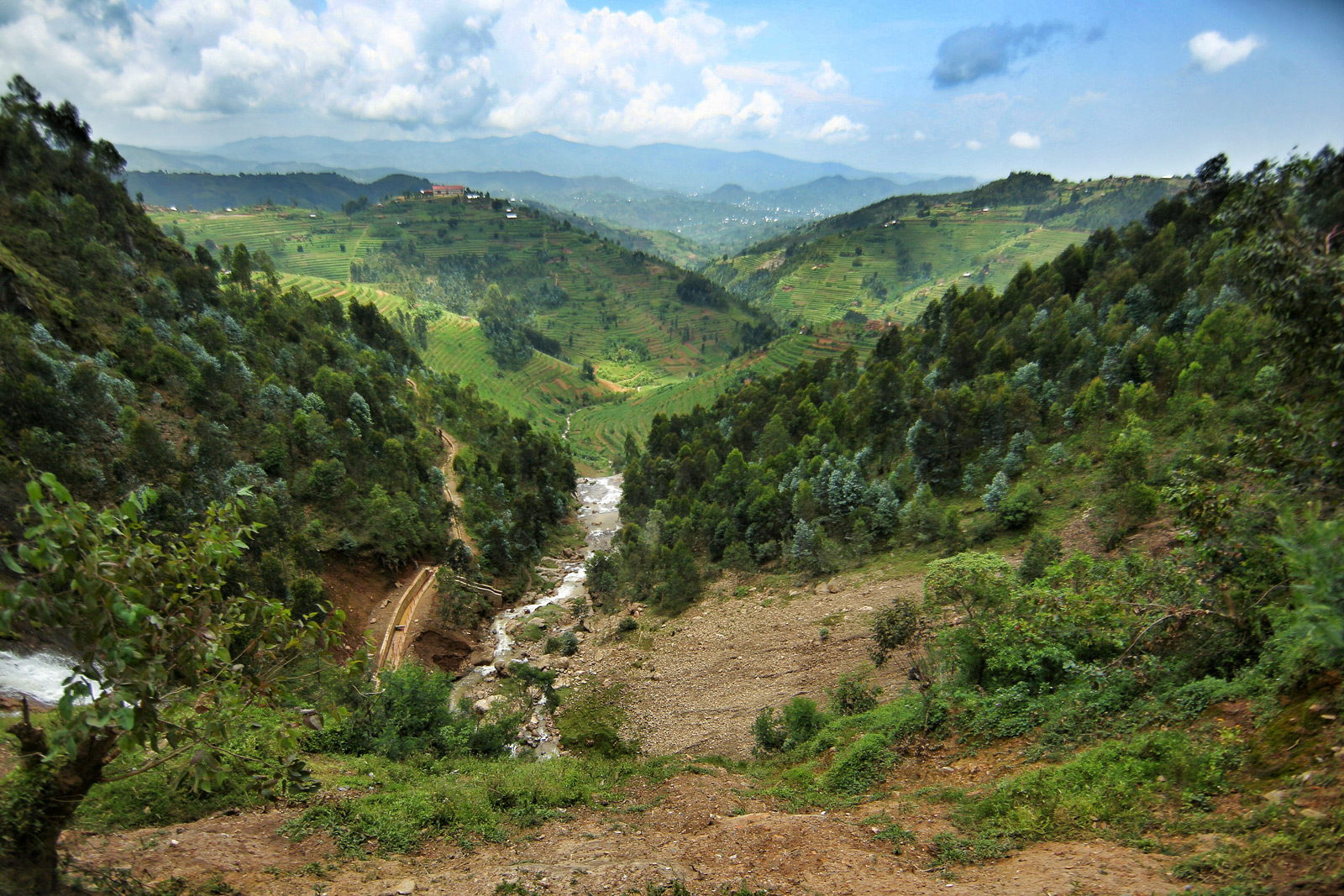
Finally, after a spectacular journey, we arrived at the conservation office that borders Volcanoes National Park, where we met the friendly trackers and park wardens, who went out of their way to make us feel welcome. Volcanoes National Park protects the Rwandan section of the Virunga Mountains, which forms part of a transfrontier conservation area that includes protected areas in Uganda and the DRC. It is a range of mostly dormant volcanoes and includes Rwanda’s highest point – the 4,507 metre-high Mt Karisimbi – and two active volcanoes, Mt Nyiragongo and Mt Nyamuragia.
After our introductory meeting, we made our way back along the 20-kilometre road to Musanze, which is filled with gaping potholes and people transporting enormous bags of potatoes on bicycles. Irish and sweet potatoes are grown extensively in this region, as is the fantastic pyrethrum – a small white daisy decorating the countryside across seemingly endless fields. The plant is used as a natural insecticide and exported worldwide.
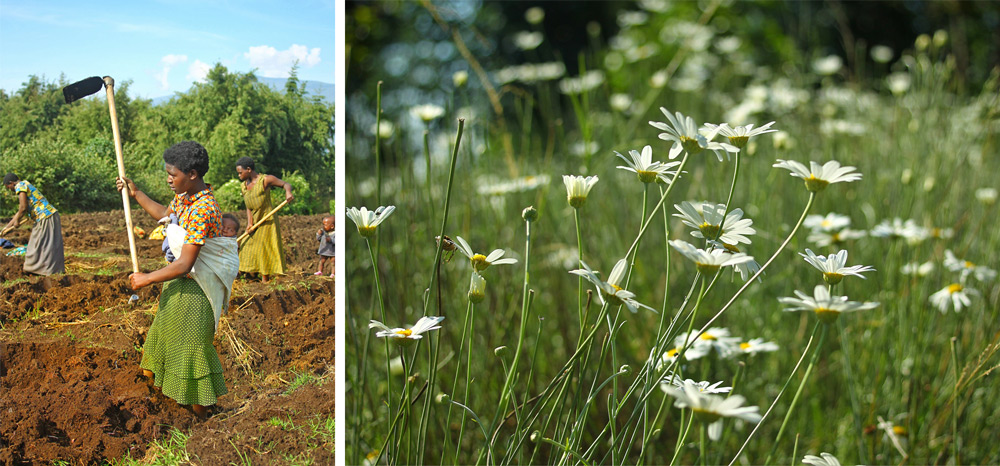
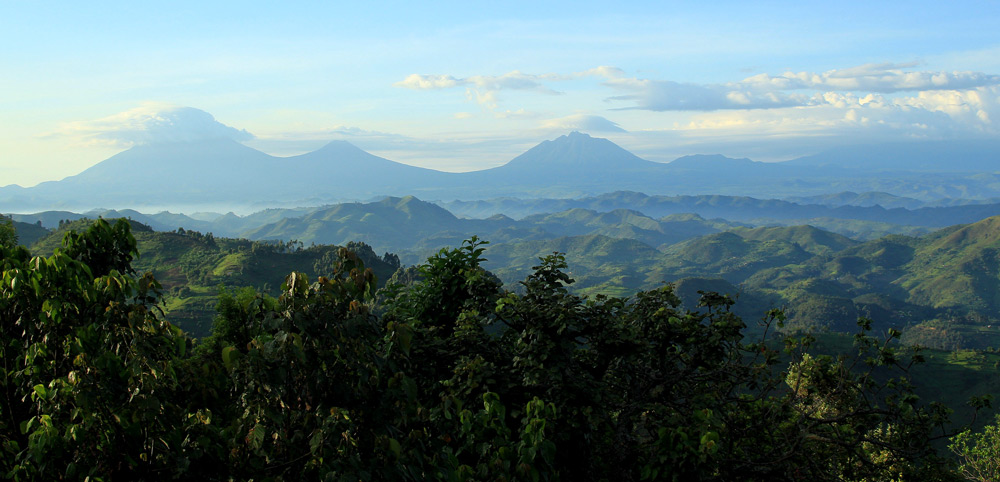
Meeting the mountain gorillas
After a night’s rest in a small hotel, the day of the gorilla trek arrived, and I was ecstatic. The mountain gorilla is one of the rarest species on Earth, and there are only approximately 1,000 mountain gorillas left in the wild, so it is an enormous privilege to see them. Different gorilla families live in the Virungas – certain families are large, with nearly 30 individuals, while others have between 10 and 20 members.
I was fortunate to be placed in a small group with only two other people. After introductions, we drove another 20km to the starting point of the trek before tackling the last 1.5km, which entailed driving over sharp volcanic rocks. I held my breath for about 20 minutes, negotiating each treacherous rock, hoping to make it to the end.
The gorilla trek into the mountains was strenuous, to say the least. A certain fitness level is required, and I was grateful for my gym sessions. However, after three hours of hiking, our guide instructed us to leave our equipment in a small clearing and only bring along our cameras. He told us to be quiet as the gorillas were nearby. And he was right. Before we even had time to leave our bags, a young gorilla came rushing out of the foliage into the clearing, so close to me that he brushed against my pants as he scampered past. He was inquisitive and kept on moving in and out of the clearing. He seemed unsure of what to do until another juvenile arrived with a baby in tow. The two boisterous juveniles played roughly with the little baby until he was finally rescued by his mother, who had been quietly watching the spectacle from behind some bushes a little further away.
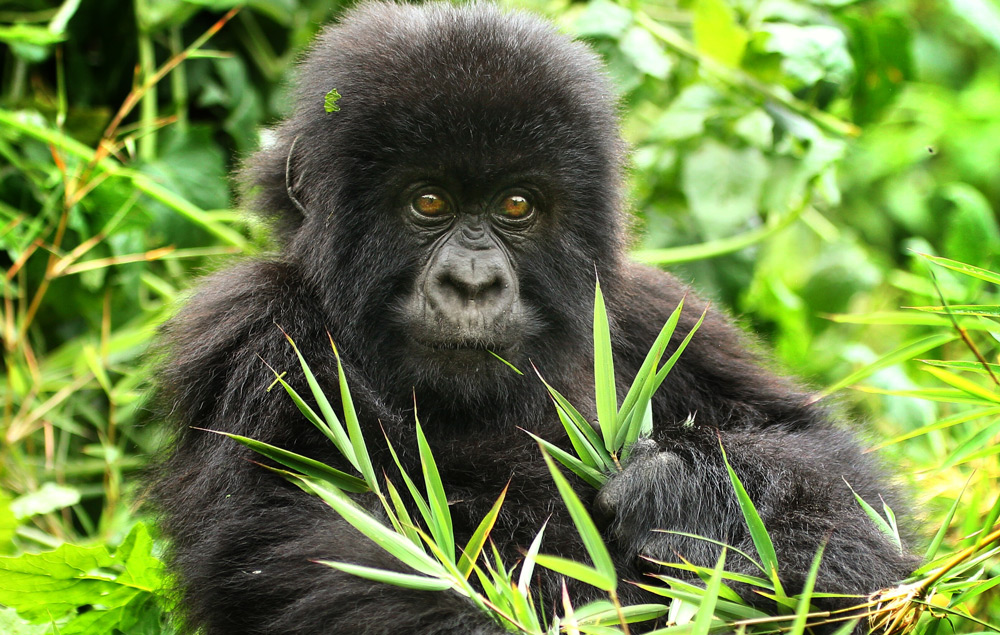
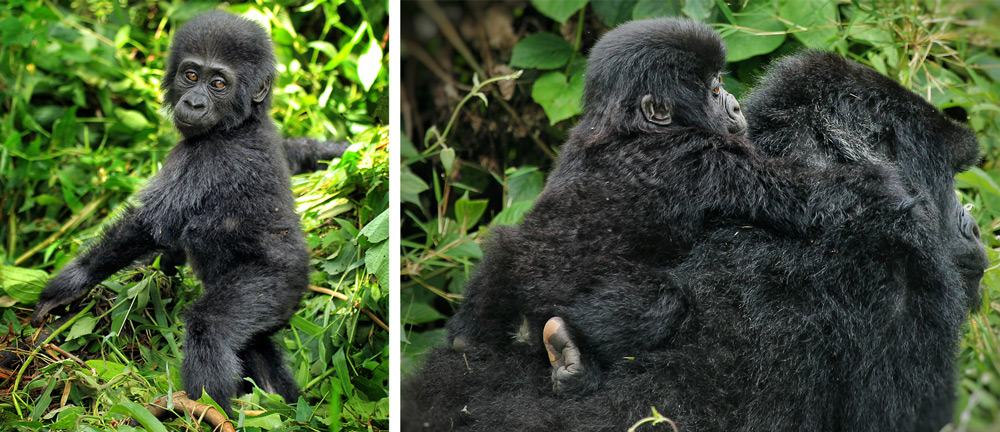
Within 10 minutes, a dominant male (silverback) arrived. At this point, the atmosphere changed. There was no question as to who the boss in this family was. We were told to remain calm as the silverback took his time to scrutinise each one of us. The tracker used various sounds to signal that we were not a threat. The family accepted our intrusion, so we were allowed a humbling look into their mysterious world.
It was, without a doubt, one of the most magical moments of my life. Coming face to face with a gorilla family of 18 individuals in their unique habitat is something I wish every animal lover could experience once in their lifetime. This is a mystical and spectacularly beautiful area where the gorillas do live in the mist.
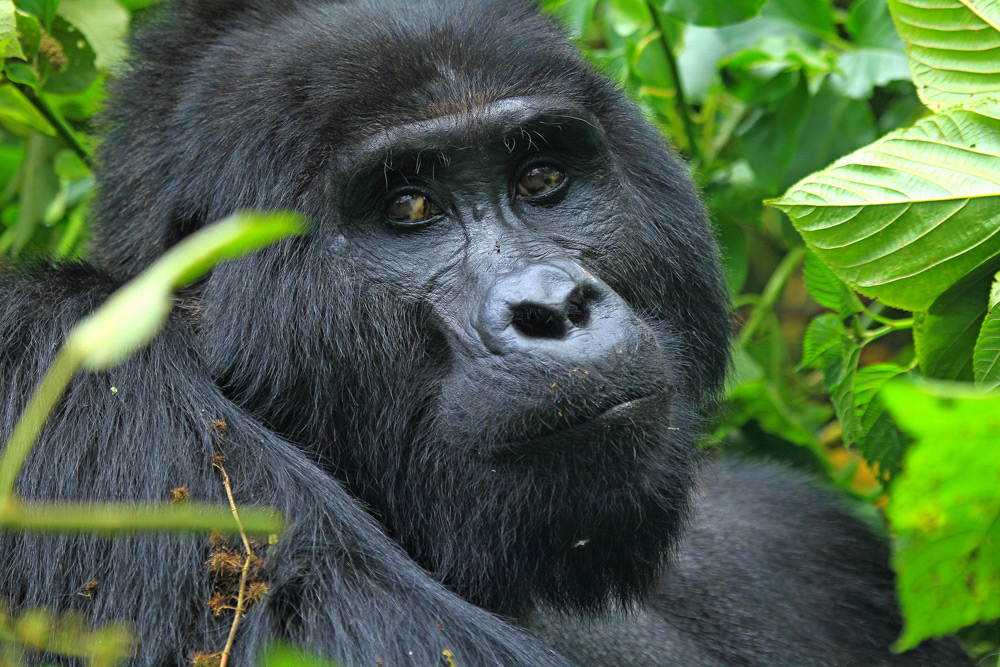
Monkeying around
The following day, we embarked on our golden monkey trek, which was much easier than our previous trek, and our trackers located a substantial troop of about 120 individuals. The golden monkey is endemic to the region and inhabits only a few small pockets of Rwanda and the DRC. It was an absolute privilege to encounter this rare and lovely monkey, but taking good photographs of them proved to be quite a challenge, as they constantly moved around in the bushes and tree canopies. However, they are a whole lot of fun to watch, and I had a good laugh at their performances and games!
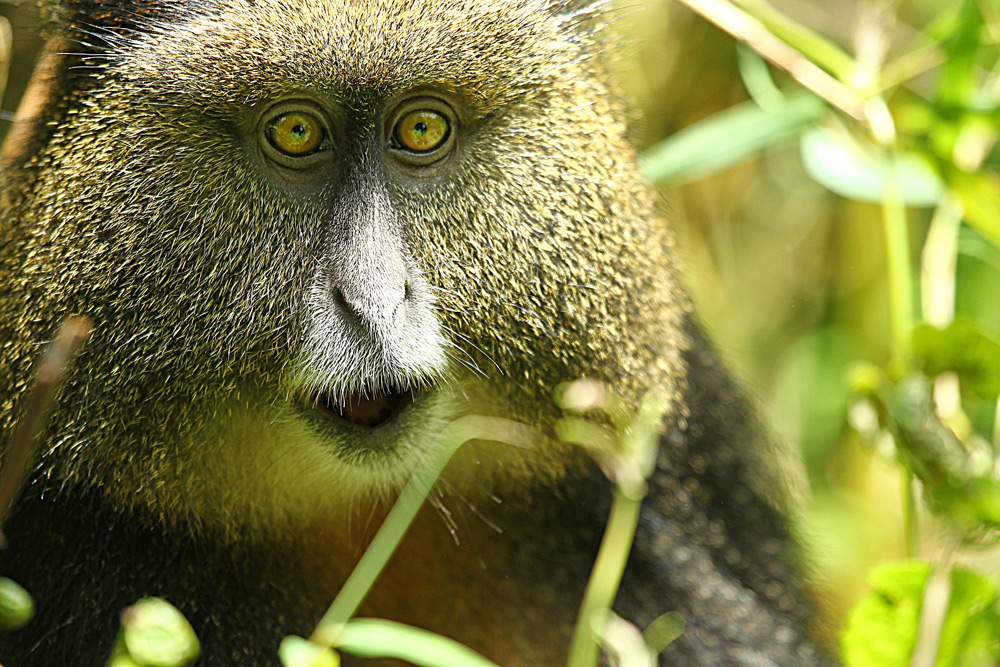
Grave encounters
Our third day was dedicated to visiting Dian Fossey’s gravesite and what remains of her old research station, Karisoke. This turned out to be quite a strenuous trek again, but it was well worth it, mainly thanks to our tracker, Francois, who used to work with Dian Fossey, researching the gorillas from the 1960s until Dian’s tragic and unsolved murder in 1985.
It was indeed an emotional experience when we reached the gorilla graveyard. All the gorillas that pass on – whether that be from natural causes or poaching – are represented with a wooden cross with their names carved into it. Digit’s grave was at the far end next to Dian’s tomb. Digit was the silverback with whom Dian had a powerful bond, and their relationship ended in 1977 when poachers attacked Digit’s group. The fearless gorilla sacrificed himself for the good of the group, sustaining several spear wounds while fighting to the death so that his group could escape unharmed. The poachers subsequently decapitated him and removed his hands. This tragedy weighed upon us, and the energy of both Digit and Dian hung strongly in this tranquil spot in the depths of the jungle.
It was then time to trek back, but it had started raining, and the black mud grew deeper by the minute. We descended the mountain, slipping and sliding down the slopes. We must have looked very comical, and I don’t think that I have ever laughed so much on a trek in my life – it was like being a kid again!

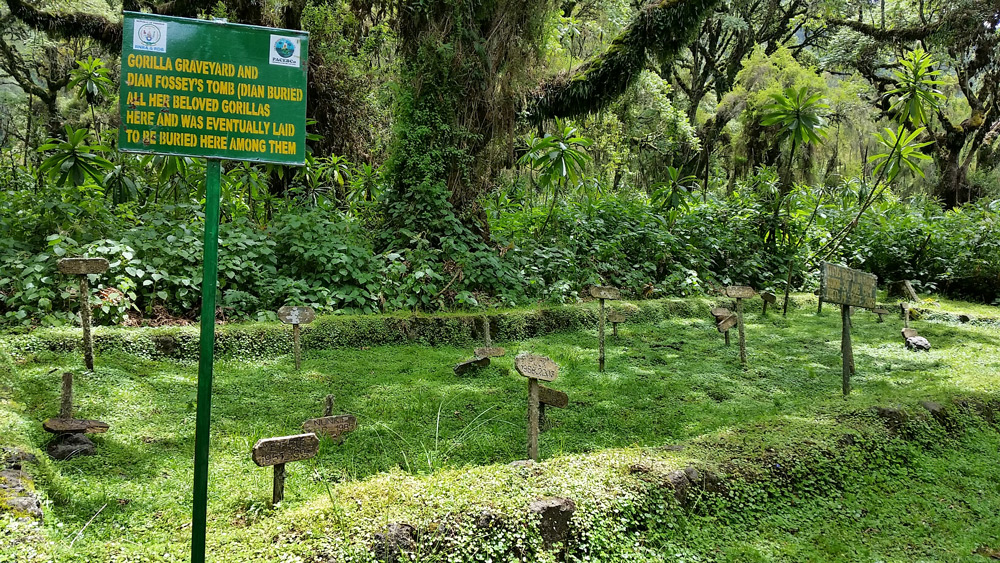
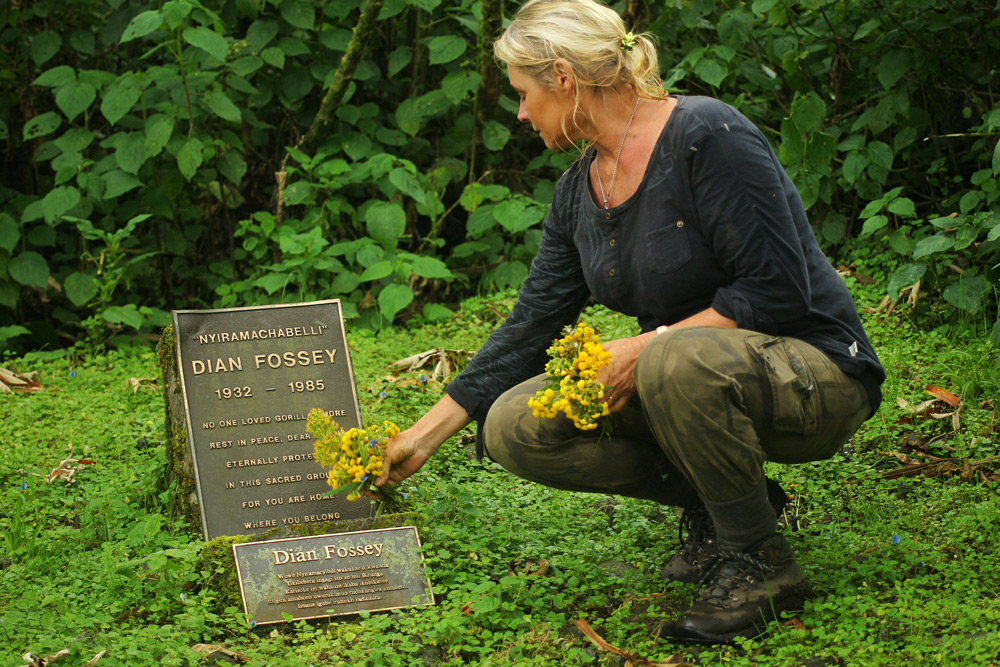
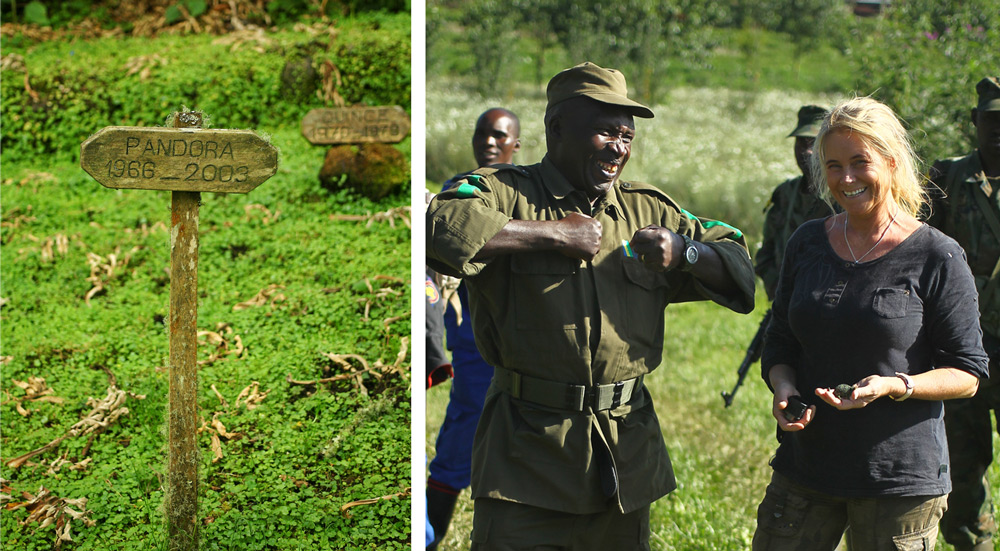
The end of an adventure
After all the excitement, we rounded off our trip with a visit to Akagera National Park, which is situated at a lower altitude than the rest of the country and hosts one of the highest concentrations of hippos in Africa. From there, we made our way to our final destination, Lake Kivu, which is Rwanda’s largest lake and is 480 metres deep. It is truly spectacular and surrounded by mountains with irregular shores, peninsulas and plenty of waterfalls.
Towards the end of our stay, we hired a local to take us on a boat ride, and we ended up on Napoleon Island, a desolate home to many fruit bats feeding on the plentiful guava growing on the island. It was an incredible experience when thousands of squeaking bats filled the dusky skies above us.
On our return, we watched numerous local fishing boats leaving the shores for the night. The men’s singing voices permeated the air as they began their long night’s job under the African stars. Rwanda was grandly bidding me farewell, and I left the country with a warm and fuzzy feeling. What a fascinating place – incredible people, dramatic history, and awe-inspiring wildlife. Rwanda will leave no one untouched. I will return…
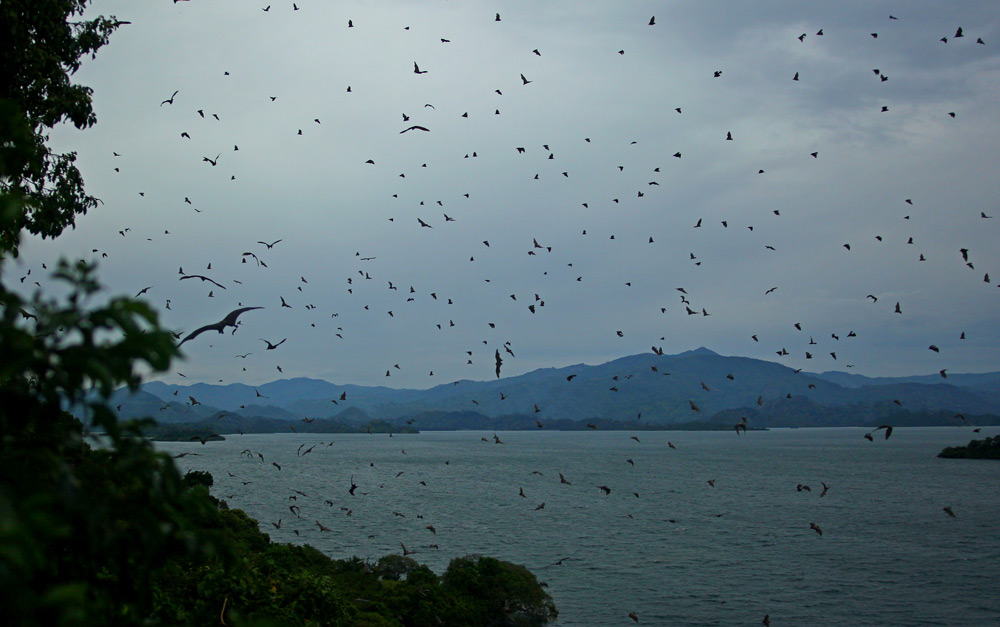

Best time to travel
The best time to head to Rwanda depends on many things, such as personal interests and the reasons for travelling. One person’s best time could be another’s worst, depending on where you want to visit, and Africa’s weather patterns are becoming increasingly unpredictable.
Rwanda lies fractionally south of the equator, in the heart of Africa. Its relatively high altitude offers a remarkably pleasant tropical highland climate.
Temperatures vary considerably between locations but very little from month to month in the same place. In the capital of Kigali, the average daily temperature is about 21°C.
Rwanda’s long rainy season lasts from about March to May, when it tends to rain considerably. Having said that, though, I was there at the end of March, and we only had a few bursts of rain in over two weeks. The long dry season is generally the best time to visit for most people – from June to mid-September. From October to November there is a shorter rainy season, followed by a short dry season from December to February.

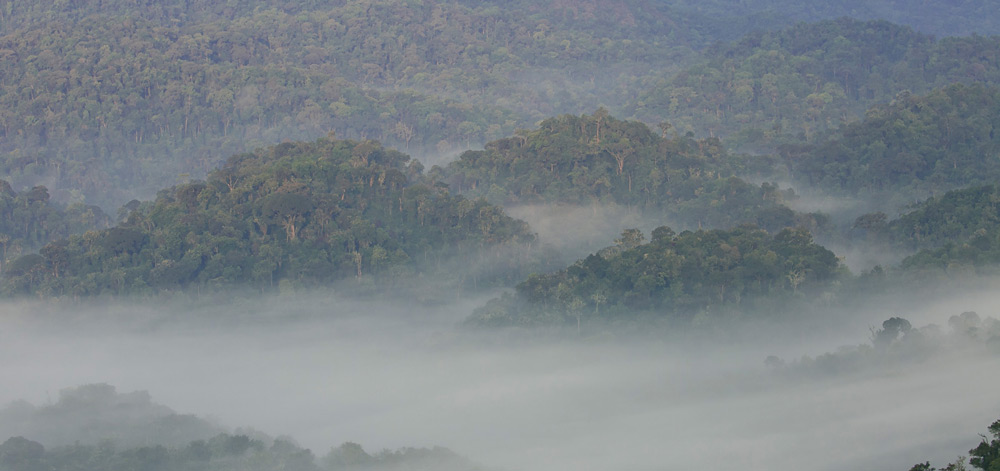

Health and safety
When it comes to safety, Rwanda is right at the top. There was a significant police presence, and not once during my visit did I feel threatened in any way, whether in a city or the countryside. The laws are stringent, and crime statistics are low, but, as always, general precautions should still be taken to be on the safe side.
To travel to Rwanda, you must be vaccinated against yellow fever and carry the certificate. There is a moderate chance of malaria, and tsetse flies are prevalent in some areas at specific periods, but they are generally not a problem in Kigali or the Virunga Mountains.
Tap water tends to be drinkable in Kigali, but you may prefer to err on the side of caution and purchase bottled water.
Trekking at high altitudes can be strenuous and to alleviate some of the side effects, I used Cellfood oxygen drops in my drinking water when hiking, which worked brilliantly for me.


What to do in Rwanda
A trip to Rwanda doesn’t have to focus on visiting the mountain gorillas and golden monkeys in the Volcanoes National Park in the Virunga Mountains. You can also pay a visit to Nyungwe National Park, which hosts 13 primate species, 75 mammal species, and 278 bird species and is one of the wealthiest areas in Africa for endemic species.
Akagera National Park is also spectacular, thanks to its lakes and grasslands. Akagera has recently reintroduced lions into the park, and birding is excellent thanks to more than 525 bird species.
Over and above the national parks, a visit to the genocide memorial sites may be interesting to you. It may seem morbid, but it is well worth a visit better to understand Rwanda’s history, culture and people. It is also worth visiting Lake Kivu, which is a popular area for visitors wishing to swim, enjoy the beach or take a boat trip to one of the many islands.
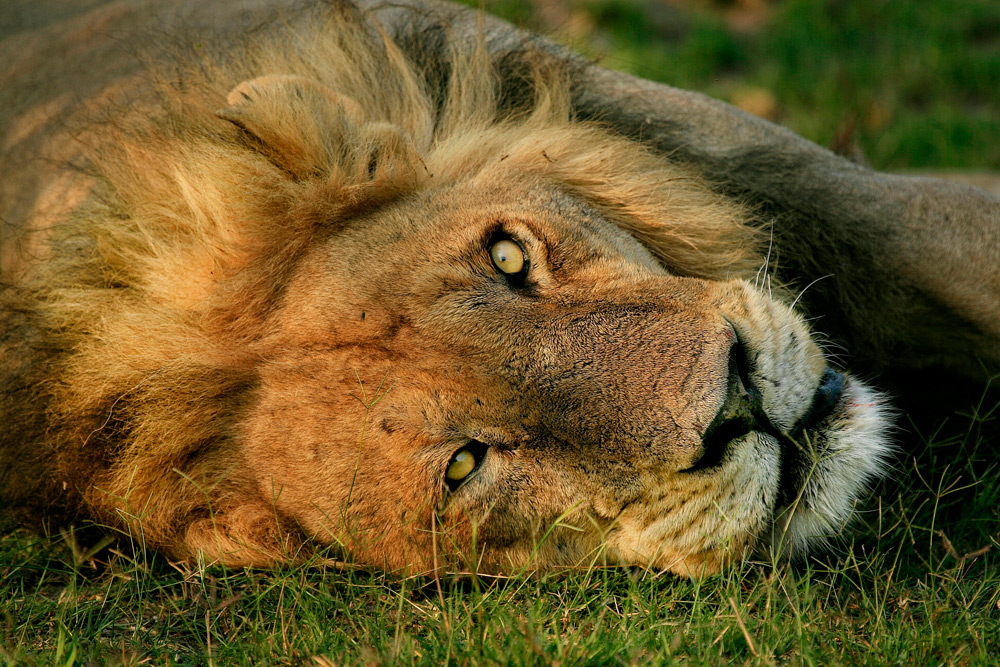

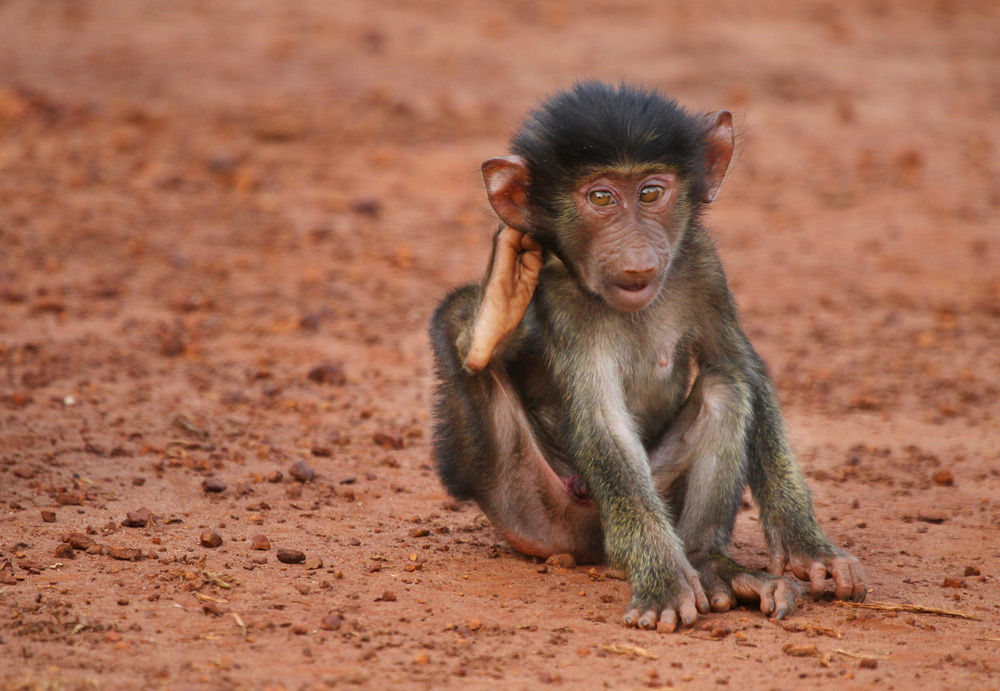

About the author
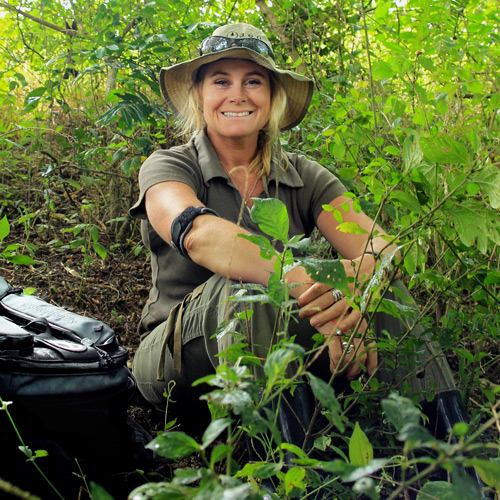 Jytte Fredholm Ferreira is a wildlife photographer, animal communicator, travel writer, diver and sailor passionate about Africa and its wildlife. She is deeply involved in nature conservation and has won a prestigious award from SKAL International for media and conservation. She hopes that her unique photographic perspective, as well as her connection with animals, will convey their emotions and conjure the feeling for readers of being out in the wild.
Jytte Fredholm Ferreira is a wildlife photographer, animal communicator, travel writer, diver and sailor passionate about Africa and its wildlife. She is deeply involved in nature conservation and has won a prestigious award from SKAL International for media and conservation. She hopes that her unique photographic perspective, as well as her connection with animals, will convey their emotions and conjure the feeling for readers of being out in the wild.
As a naturalist and passionate conservationist, Jytte feels there is an urgency to create a greater understanding, love and appreciation between humans and nature. Otherwise, she fears that our natural world and its wonders will soon be lost.
Originally from Sweden, she now spends much of her time in the bush on photographic expeditions and has travelled extensively in Southern and Central Africa on her adventures. She recently started offering photographic wildlife trips into the Sub-Saharan wilderness. You can visit her website for more information.
To comment on this story: Login (or sign up) to our app here - it's a troll-free safe place 🙂.![]()




